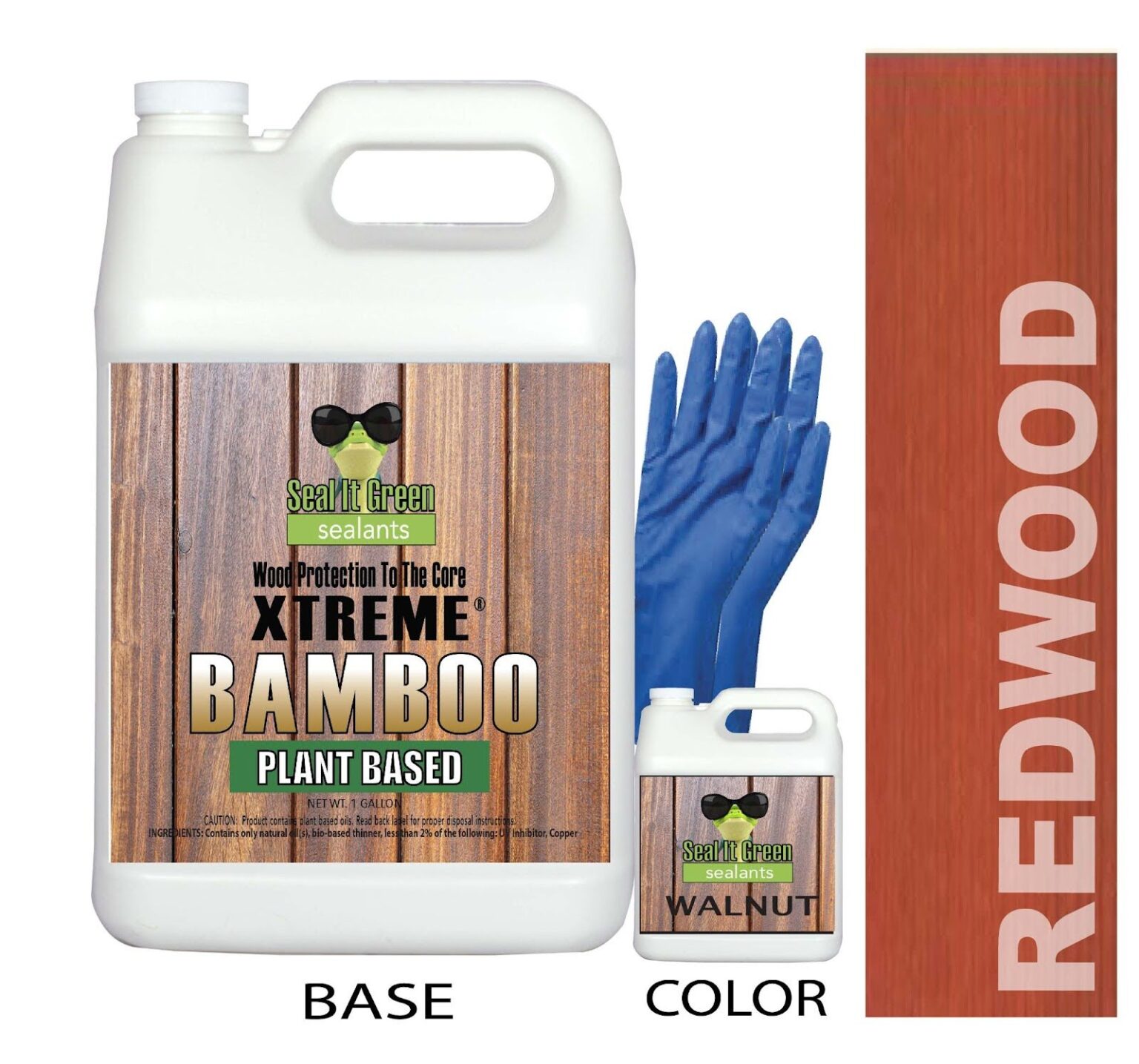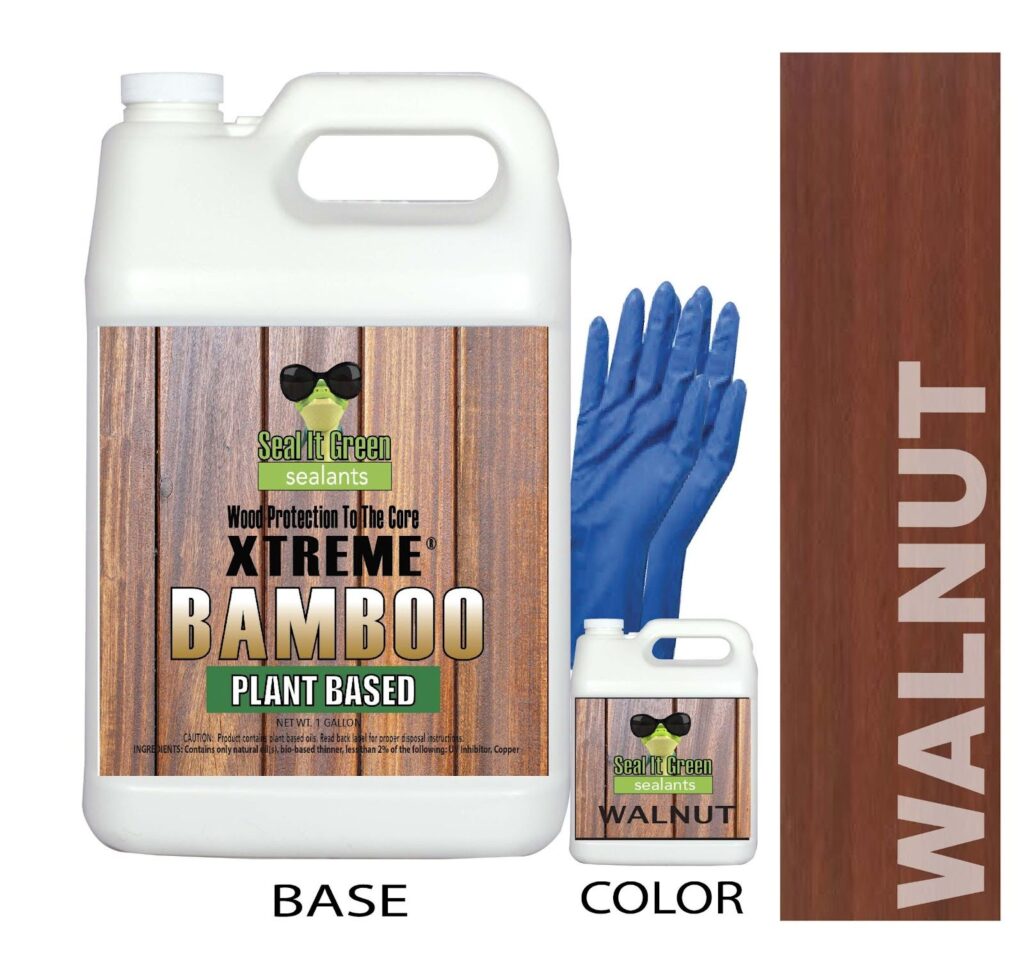Bamboo is a stylish and eco-conscious choice for furniture, flooring, fencing, and decorative elements. However, like all wood products, bamboo needs protection to maintain its appearance and integrity over time. If you’re wondering how to enhance its natural appeal while ensuring durability, learning the proper method of applying bamboo stain is essential. This guide will walk you through everything from surface prep to sealing, so your bamboo projects stay beautiful for years.
Why Bamboo Needs Staining
Though bamboo is technically a grass, it behaves much like hardwood when processed into panels or boards. Without proper treatment, bamboo can lose its luster, fade from UV exposure, or even crack and warp in harsh weather. Staining bamboo not only improves its visual appeal but also offers:
- UV resistance to prevent discoloration
- Moisture protection to avoid swelling and warping
- A polished finish that elevates indoor and outdoor aesthetics
How to Prepare Bamboo for Staining
Before diving into the staining process, prep work is crucial for even coverage and absorption. Here’s how:
Clean the Surface: Start by removing dust, dirt, and mildew with a damp cloth or a mild cleaning solution. For exterior bamboo, a gentle scrub with a soft brush and water works best.
Sanding: Use 120-150 grit sandpaper to smooth the bamboo surface. Sanding opens the pores for better stain absorption. Always sand in the direction of the grain.
Drying: Allow bamboo to dry completely after cleaning and sanding. Applying stain on damp bamboo can result in uneven coloration or peeling.
Choosing the Right Bamboo Wood Stain
Selecting the appropriate bamboo wood stain is key for both performance and environmental friendliness. Look for:
- Water-based formulas: These are low in VOCs, safe for indoor use, and dry faster.
- UV-resistant properties: Essential for outdoor bamboo.
- Tinted or transparent options: Choose based on whether you want to preserve bamboo’s natural look or deepen its tone.
- Eco-certified products: To reduce harmful emissions and align with green building standards.
Step-by-Step Staining Process
Once your bamboo is clean and dry, here’s how to stain it like a pro:
1. Stir the Stain Well: Ensure the pigment is evenly mixed. Never shake, as it can create bubbles.
2. Test First: Always apply stain on a small hidden area first to check for color satisfaction.
3. Apply Evenly: Use a brush, sponge, or cloth to apply stain along the grain. Work in sections to avoid lap marks.
4. Wipe Excess: After 5-10 minutes, wipe off any excess stain with a clean rag to prevent sticky buildup.
5. Let It Dry: Allow the first coat to dry completely (check the label, usually 2–4 hours) before adding a second if needed.
Sealing the Bamboo Surface
Stain alone offers some protection, but sealing the surface ensures lasting performance. Apply a clear bamboo sealer compatible with your chosen stain. It will add a layer of water resistance and extend the finish’s life. Use a foam brush or sprayer for even coverage and allow adequate drying time between coats.
Maintenance Tips for Stained Bamboo
To maintain stained bamboo’s charm:
- Clean regularly with a soft cloth or mop
- Reapply stain or sealer every 1–2 years for outdoor bamboo
- Avoid abrasive cleaners or tools that can strip the finish
Final Thoughts on Bamboo Stain Success
Applying stain to bamboo is not just about aesthetics—it’s about preserving a sustainable and versatile material. By understanding how to prep, choose, and apply the right products, you can give your bamboo a finish that stands the test of time. Whether you’re working on interior decor or outdoor furniture, a quality stain and proper technique go a long way.
For those seeking an eco-conscious option, consider using a sustainable wood sealer to protect your bamboo without harming the planet. It’s the perfect finish for a responsible and stylish result.





